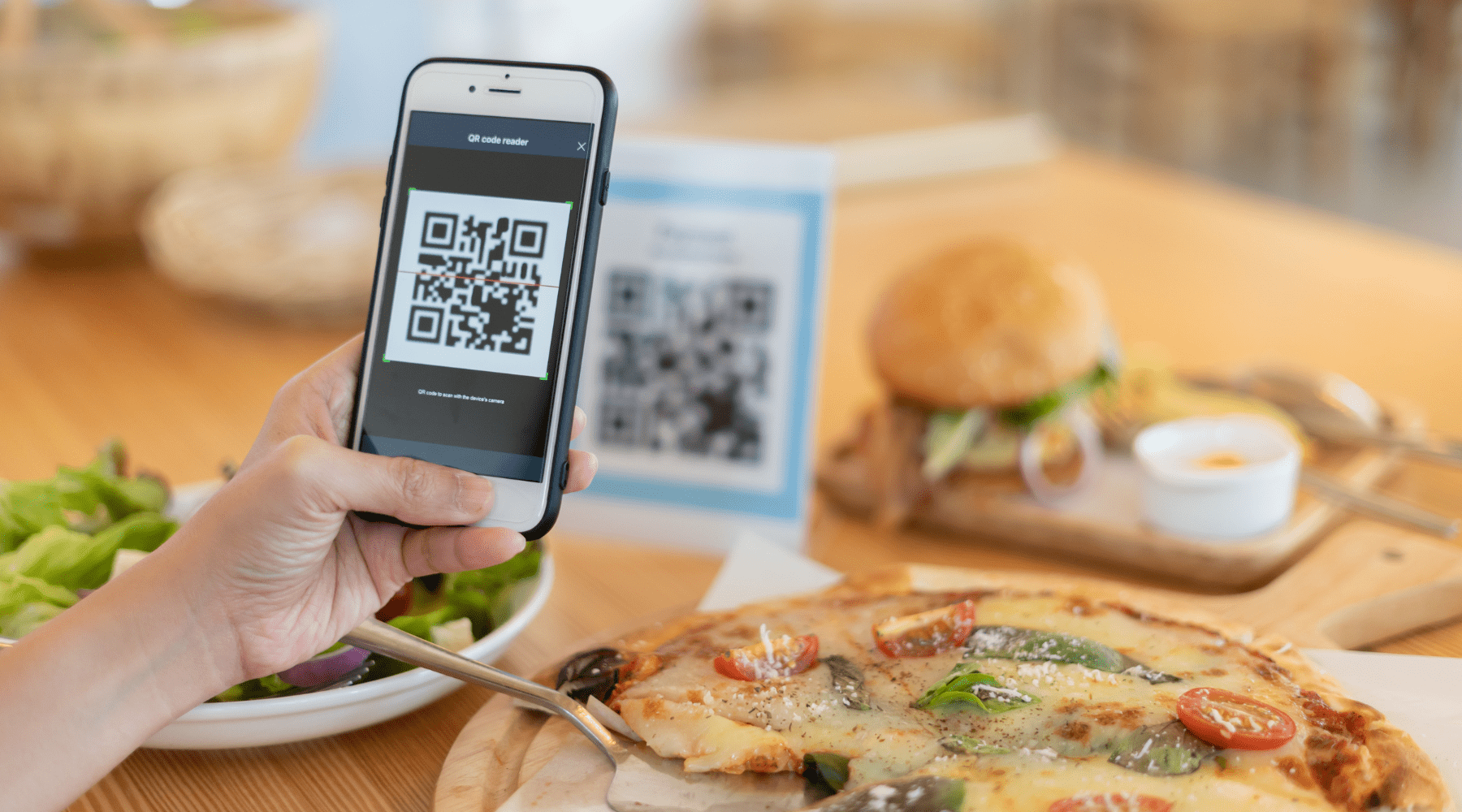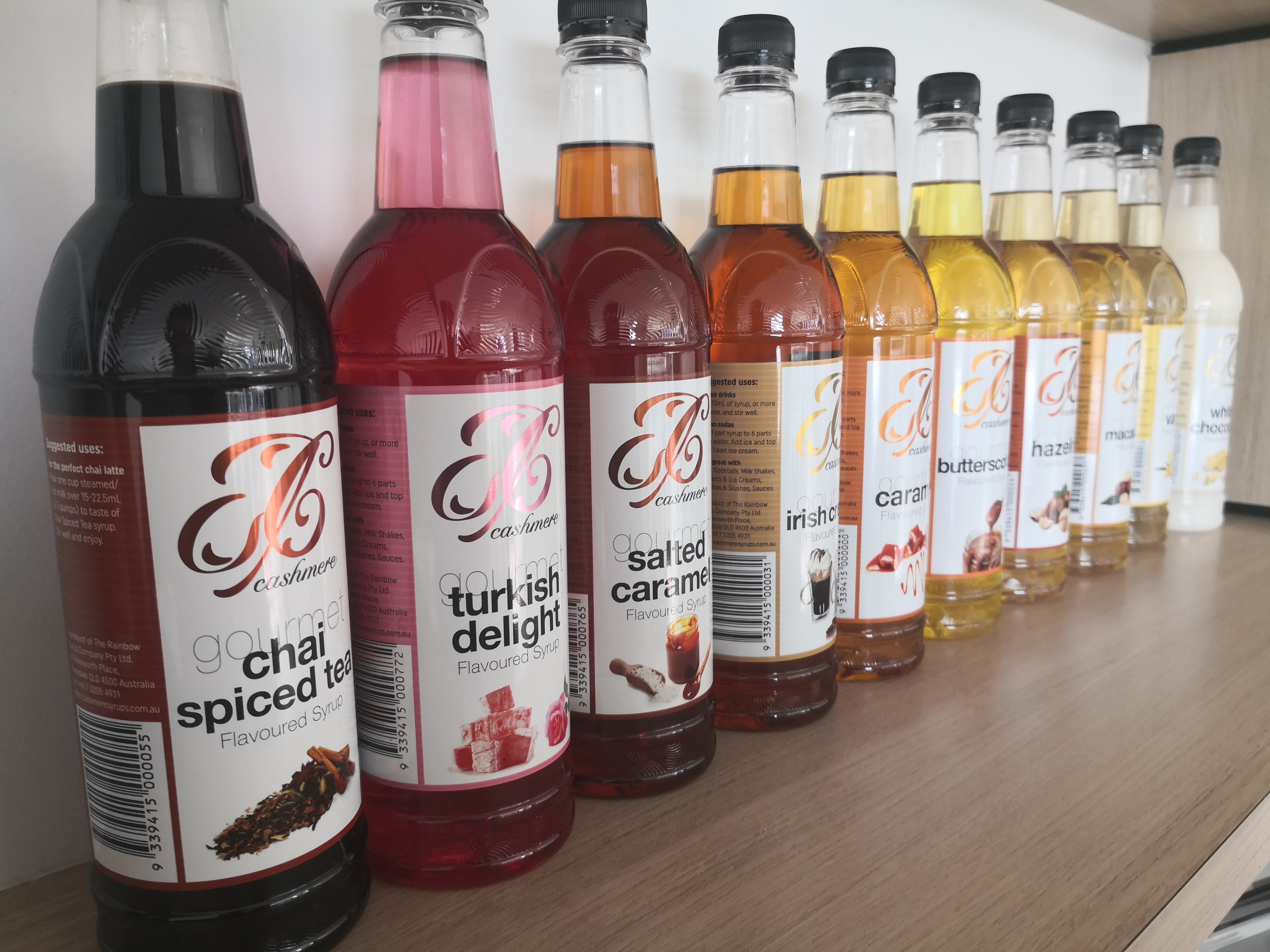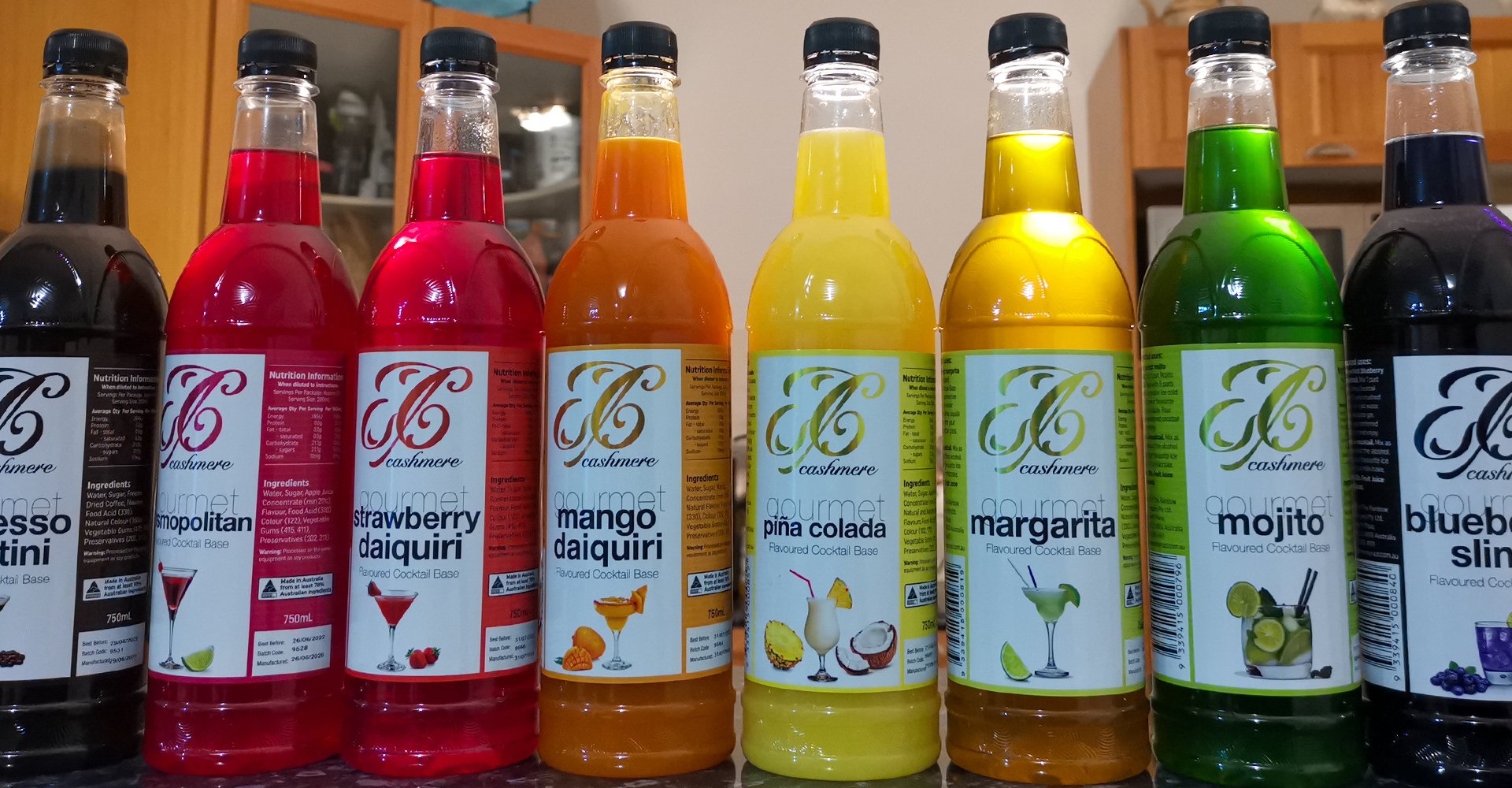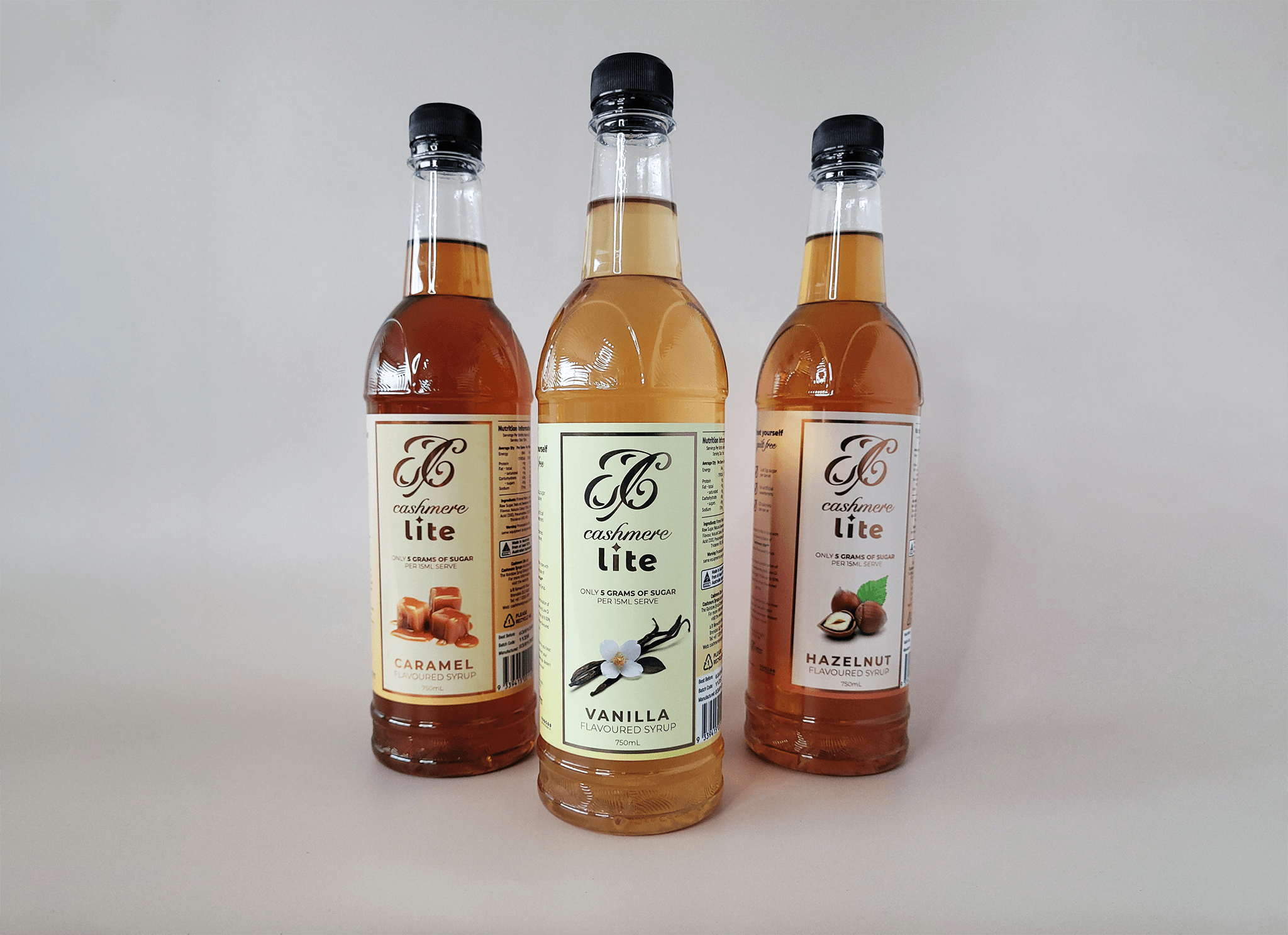QR code ordering has sparked a heated debate among café owners and customers alike.
While some see it as a game-changer that enhances convenience and efficiency, others feel it takes away from the traditional café experience.
If you’re weighing the pros and cons of implementing QR code ordering in your café, here’s a breakdown of its key benefits and potential drawbacks.
Pros of QR Code Ordering
1. Improved Efficiency and Speed
QR code ordering eliminates long queues at the counter, allowing customers to place their orders directly from their table. This speeds up the ordering process and reduces wait times, leading to a more efficient service flow.
2. Reduced Pressure on Staff
With QR codes handling order-taking, staff can focus on food preparation, customer service, and maintaining cleanliness. This can be particularly beneficial during peak hours when front-of-house teams are stretched thin.
3. Increased Order Accuracy
Miscommunication between customers and staff can lead to incorrect orders. By allowing customers to input their orders digitally, the chances of errors decrease, resulting in greater satisfaction and fewer refunds or remakes.
4. Enhanced Customer Experience
Many customers appreciate the ability to browse a digital menu at their own pace without feeling rushed. QR code ordering also allows for seamless customisation, easy payment options, and even the ability to split bills digitally.
5. Higher Sales Potential
Digital menus can be optimised to encourage upselling, showcasing popular dishes, add-ons, and specials. Automated prompts can suggest additional purchases, increasing the average spend per customer.
6. Reduced Contact and Hygiene Benefits
Post-pandemic, many customers remain conscious of hygiene. QR code ordering minimises physical contact with menus, counters, and cash transactions, creating a safer dining experience.
Cons of QR Code Ordering
1. Loss of Personal Interaction
One of the hallmarks of a great café experience is warm and friendly service. QR codes reduce face-to-face interactions, which can make the experience feel impersonal, especially for customers who enjoy engaging with staff.
2. Technology Barriers
Not all customers are tech-savvy or comfortable using QR codes. Older patrons, those with accessibility needs, or customers without smartphones may struggle with digital ordering, potentially creating frustration or alienation.
3. Potential for Technical Issues
Internet connectivity problems, software glitches, or user errors can disrupt the ordering process. If the system goes down, staff may need to manually take orders, which could cause delays and confusion.
4. Limited Opportunity for Upselling Through Staff
While digital menus can suggest add-ons, they may not be as effective as a skilled staff member personally recommending a dish or drink based on customer preferences.
5. Customer Resistance to Service Charges
Some QR code ordering systems charge customers transaction fees or service fees for digital payments, which can lead to dissatisfaction if not communicated clearly.
6. Initial Setup Costs
Implementing a QR code ordering system involves costs, including software subscriptions, menu digitisation, and staff training. For small cafés with tight budgets, this can be a financial challenge.
Is QR Code Ordering Right for Your Café?
Deciding whether to introduce QR code ordering depends on your café's customer base, service model, and operational priorities. If your focus is on efficiency, reducing wait times, and improving order accuracy, it could be a great addition. However, if your café prides itself on personal service and a high-touch customer experience, it might not be the best fit.
Ultimately, a hybrid approach could be the best solution—offering QR code ordering as an option while still maintaining traditional ordering methods for those who prefer them. This ensures that all customers feel comfortable and valued, regardless of their preference.
Would you consider QR code ordering for your café? Let us know in the comments!









